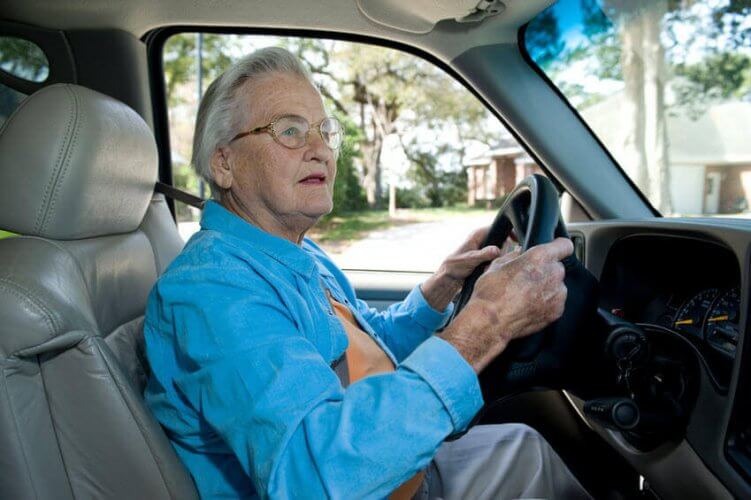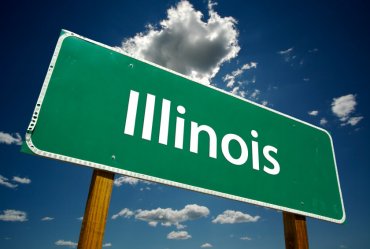
Along with being a senior driver comes the widespread impression of not being as safe behind the wheel as when you were younger. Unfortunately, statistics bear this out, especially for those over 75 years of age. Getting older need not be a warning that it’s time to hand your car keys to someone else or look for high risk auto insurance. It simply means it’s time to be more aware of potential hazards on the road and to be a little extra careful, since our reaction times and basic skills tend to weaken as we age.
A study by Carnegie Mellon University in Pittsburgh and the AAA Foundation for Traffic Safety found that seniors age 75 and older are generally in the highest percentile of all drivers involved in daytime automobile accidents. Based on data collected, it was found that older drivers in the 75-85 age group die at a rate on par with their teenage counterparts. And, for drivers 85 years and older, the fatality rate was four times that of teen drivers. As a result, older drivers can see their insurance premiums rise dramatically over the years unless they have a perfectly clean driving record. Auto insurance companies aren’t willing to take the risk without adjusting policy rates accordingly.
Many seniors continue to practice safe driving techniques, but as a natural consequence of the aging process and, despite decades of experience behind the wheel, older drivers will often show lapses in their overall driving performance. And, insurance companies are not without noticing.
To compensate for their growing deficiencies and declining skills, most senior drivers choose less challenging routes or avoid taking streets with heavy traffic as well as freeways. They also reduce the total amount of miles they drive from home. The problem is – the more frequently older drivers follow this strategy, the more they’ll tend to get confused at busy intersections, because they have shown a tendency to panic behind the wheel in difficult or unfamiliar conditions. Furthermore, they can make a poor decision, such as hitting the accelerator instead of the brake with devastating results.
It goes without saying that hearing and vision loss are considered major risk factors in the elderly as well as limited mobility, which includes decreased flexibility, restricting the ability to twist and turn in the seat to check blind spots for cars. But, less obvious are those older patients who may be under a doctor’s care and taking medications that warn against operating a motor vehicle. Studies show that unmonitored drug interaction has reached epidemic levels among seniors.
Maintaining a clean driving record isn’t the only way a senior driver can save on his or her auto insurance premiums. They can take various safety driving programs offered through AARP and other sources. Discounts offered by insurers for completing such a defensive driving course can mean a 5 to 10 percent annual savings. So, as you get older, don’t settle for a high risk label – be proactive and check into enrolling in whatever safety and defensive driving course is available. They’re relatively inexpensive and, not only will they make you a safer driver on the road, but they’ll save you money, too.
When it comes to saving money, make sure you’re getting the best rate on your auto insurance. Why not get a free auto insurance quote today?
Are you a senior driver paying higher insurance rates? Feel free to share your thoughts in the comments section below.



